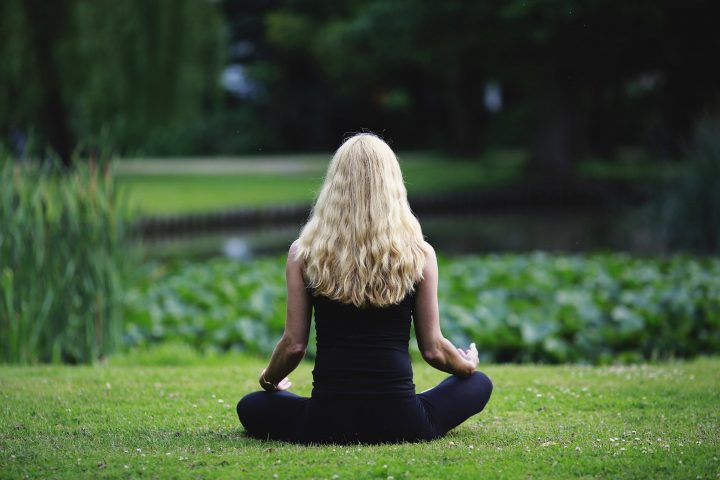
In today’s fast-paced world, our minds can quickly become overwhelmed, racing through various thoughts and emotions. This can lead to feelings of anxiety, frustration, and tension.
Practicing mindfulness can help.
Mindful.org defines mindfulness as “the basic human ability to be fully present, aware of where we are and what we’re doing, and not overly reactive or overwhelmed by what’s going on around us.”
By practicing mindfulness, we can reduce stress, become more intentional and observant of the world and people around us, and pay attention to the well-being of others and our own.
Here are 3 mindfulness exercises you can do to make each day more in line to how you want it to be.
1. Mindful Mornings
Before you even check your news feed, chat groups, or your emails, start the day by setting an intention. Doing so makes it more likely that your words, actions, and responses will be more compassionate towards yourself and others.
- Sit on your bed or on a chair. Close your eyes and connect with the sensations in your body. Keep your spine straight but not rigid.
- Take three long, deep, nourishing breaths—breathing in through your nose and out through your mouth. Let your breath settle into its own rhythm; observe the rise and fall of your chest and belly as you breathe.
- Set your intention for the day. For example, “Today, I will be patient with myself and with others” or “Today I will take better care of myself.” It could be anything you feel is important.
- Check in with yourself throughout the day. Pause, take a breath, and revisit your intention. Are you still on track? As you become more conscious of your intentions for each day, there will be noticeable changes in your relationships and in your overall mood.
2. Mindful Eating
It’s easy to go on autopilot and just bite, chew, and swallow whatever food is in front of us. We are then filled with “empty” calories that don’t really provide any satisfaction or nourishment.
Eating mindfully can transform meals into richer experiences, satisfying not just the need for nutrition, but our more subtle senses and needs as well.
- Take eight to 10 deep, slow breaths before you start your meal.
- Listen to your body. What is your stomach telling you? On a scale of 1 to 10, ask yourself, “How hungry am I?” Take note of hunger cues: Is your stomach growling? Are you easily irritated? Do you feel lethargic? Try not to think about when you last ate or what time it is, and just really pay attention to what your body is telling you.
- Now that you know how hungry you are, you can be mindful of your food choices, when to eat, and how much to eat.
- Savor your meal. Slow down and continue to breathe in deeply as you eat. Notice the flavors, textures, and how much enjoyment you are receiving from a certain dish. Only eat what you really enjoy to get the most out of the experience.
3. Mindful Workouts
Working out – riding a bike, lifting weights, sweating it out on a treadmill, or doing HIIT training – can be a mindfulness practice, too. Mindfulness allows you to move and breathe in a way that not only gets your blood pumping and invigorates every cell in your body, but also changes your mindset from feeling busy and distracted to feeling strong and capable.
- Set clear goals. As you go on a bike ride you might say, “I am going to take it easy and enjoy the scenery.” As you enter the open water, you might say, “I’m going to pay attention to each stroke, and to the sound and feel of the water surrounding me.”
- Warm up for 5 minutes. Concentrate on matching the rhythm of your breath to your movement.
- Settle into a rhythm. Pick up the intensity, but continue to coordinate your breath and movement.
- You can then try a faster speed, more repetitions, or heavier weights, depending on what you are doing. Notice how invigorated you feel when pushing yourself.
- Cool down for 5 minutes. Gradually slow down your pace until you come to a complete standstill.
- Rest. Notice how your body feels and soak in your surroundings. Chances are you’ll feel very much alive and energized.







Run for my HEALHTY body